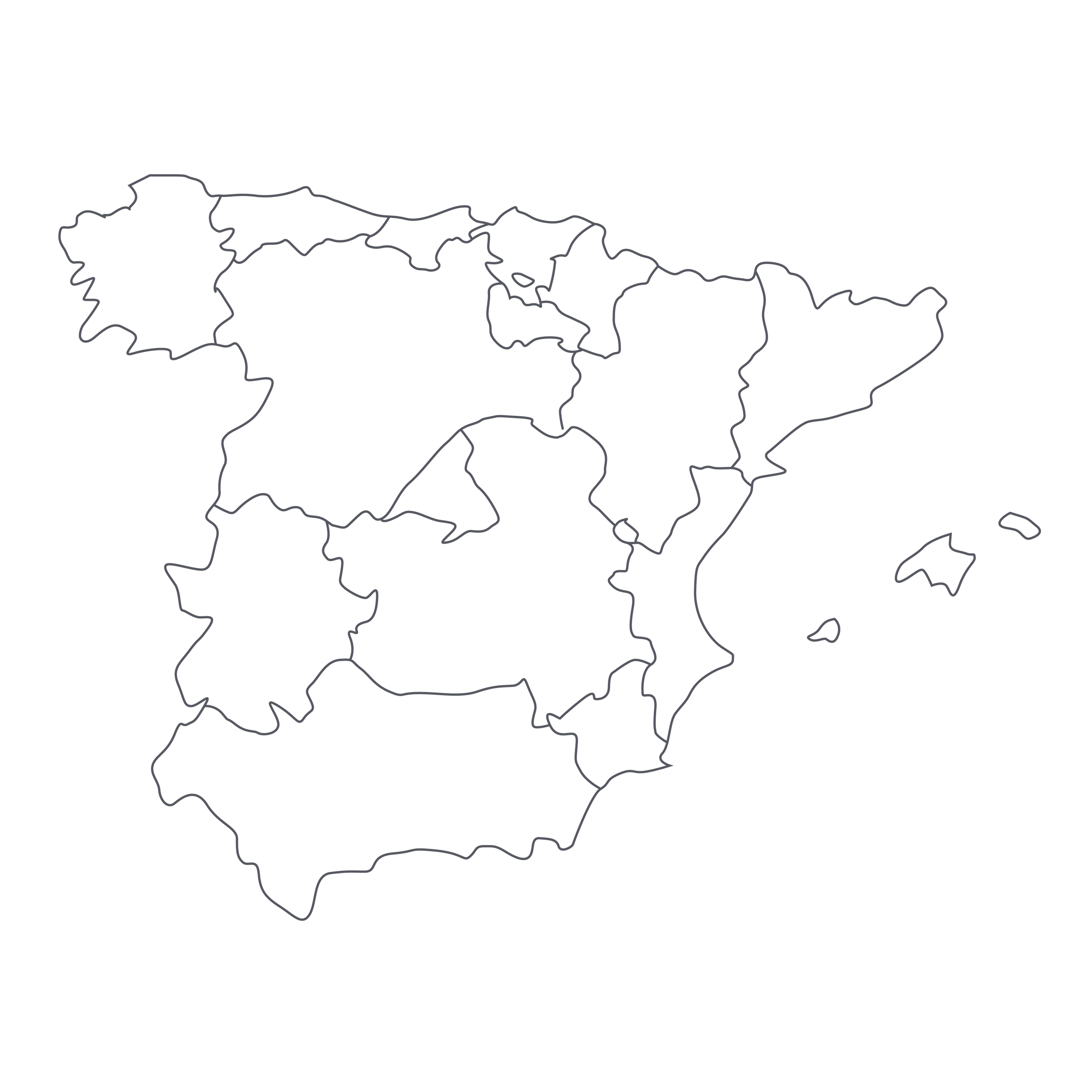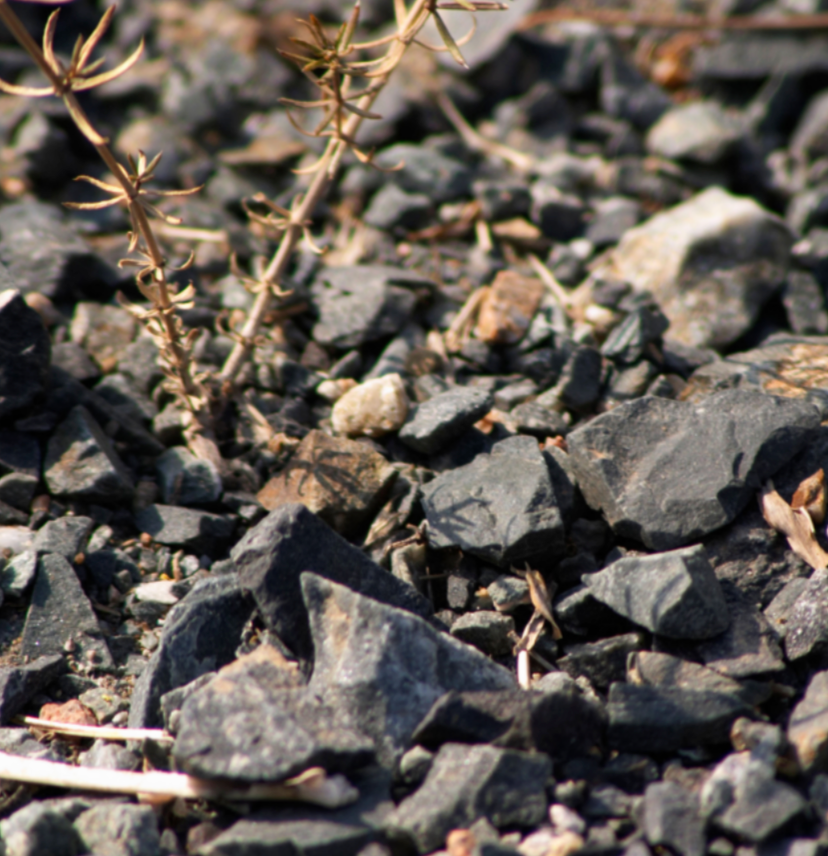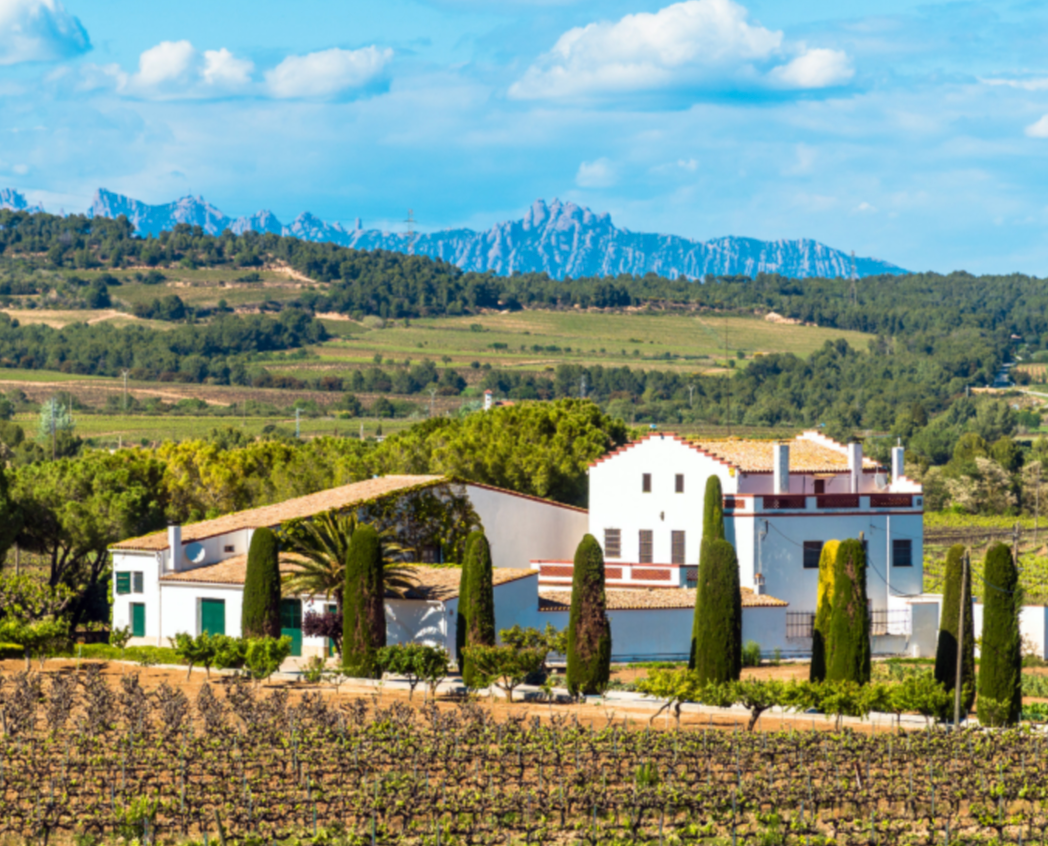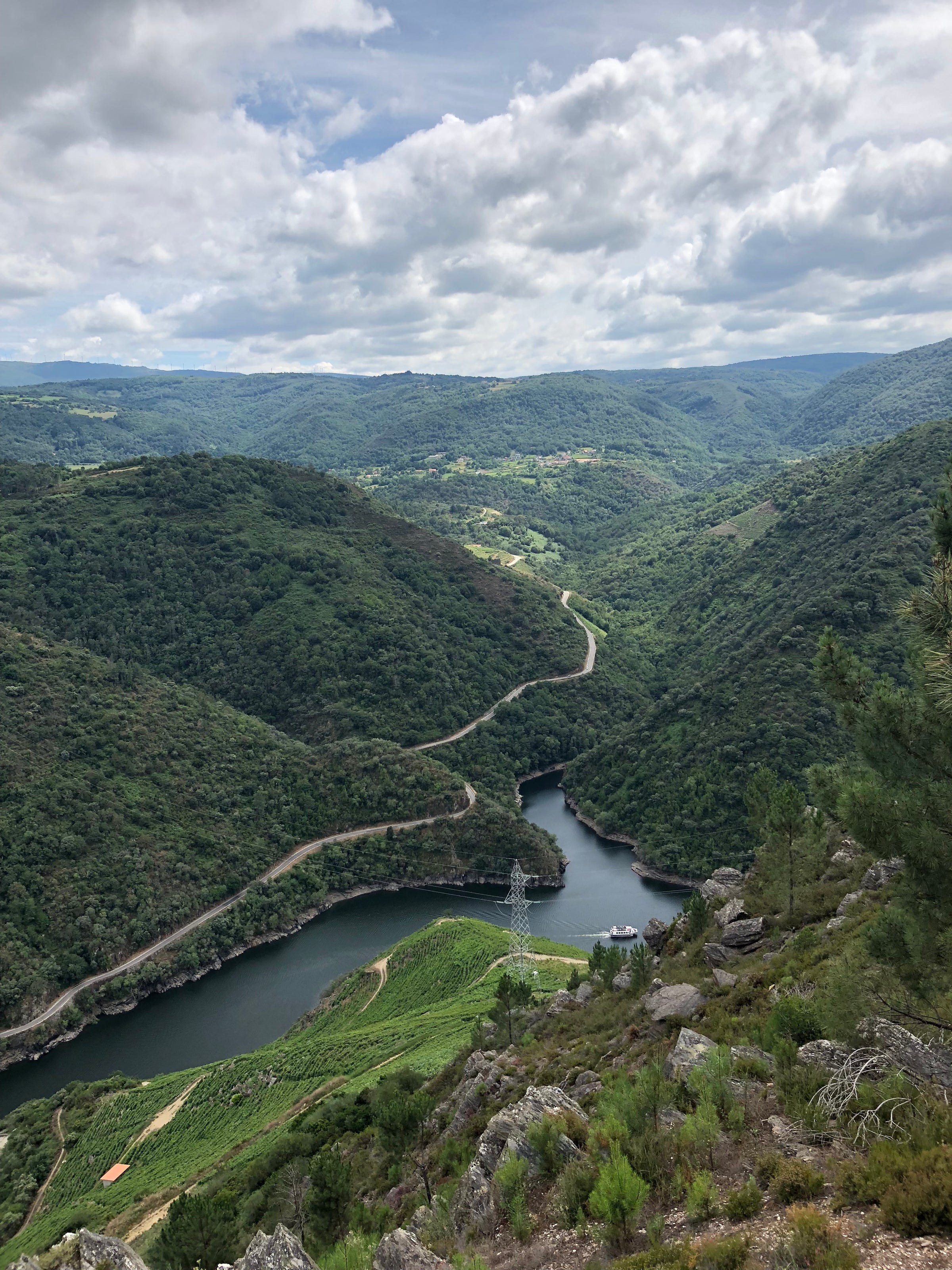I know, I know: We’ve “cried wolf” about wine values before, but I can’t help that our tastings never stop, and therefore the discovery of stunners like this never stops. Is this the white wine value of the year? It is now, anyway, and I’ll go a step further: This pocket-change Verdejo from the Rueda region of Spain has us thinking anew about both the grape and the place, neither of which had managed to generate much excitement for us in the past.
Finca Menade’s Verdejo “Ecológico” doesn’t carry the Ruedo DO designation on its label, but the Sanz family has viticultural roots in the area dating to 1820. Theirs is an impressive operation all around, starting with Certified Organic vineyards and continuing with the kind of artfully designed modern cellar the Spaniards may do better than anyone. The result in today’s case is one of the purest and most sophisticated $20 bottles of wine you’ll ever taste. Should you consider grabbing a case? Absolutely. Two? Maybe. If you’ve got a gathering coming up that calls for a “wow” wine at a reasonable price, we’ve got you covered here!
Prior to this wine, I had an image of Rueda formed mostly by a few labels that had become hot by-the-glass pours in my restaurant days. These wines (I won’t name names) helped the Rueda DO establish some name recognition among consumers, but many incorporated a healthy percentage of Sauvignon Blanc (which is allowed). This tended to distract from understanding what Verdejo is all about. Menade has helped me understand more clearly: It’s a variety well-adapted to hot climates which, like Viura in nearby Rioja, develops some mouth-coating texture and some exotic aromas without losing its freshness. There’s muscle, not flab.
But maybe we should go back a step. Where the heck is Rueda, you ask? It’s about 100 miles northwest of Madrid, just downriver from the Ribera del Duero. Like most of the other wine appellations along the Duero River, it sits on a high-elevation meseta (plateau) in north-central Spain. It is a “continental” climate, which means bitterly cold winters and blazingly hot, dry summers with intense sun saturation. It’s a relatively flat, windswept landscape, with dusty soils of clay and limestone that take on a reddish hue due to their high iron content. Verdejo is well-adapted to these conditions, in that it maintains refreshing acidity despite the heat during the growing season.
One of the key players in Rueda’s modern-era revival was the Rioja house Marqués de Riscal, which began creating dry, crisp white wines from the variety in the 1980s (previously, much of Rueda’s production was of fortified wines from the Palomino Fino grape). And whereas many popular Rueda offerings in more recent times have made use of a healthy percentage of Sauvignon Blanc, this one is 100% Verdejo.
Siblings Marco (viticulturist), Richard (enologist), and Alejandra Sanz (export manager) are the sixth generation of their family to farm vineyards and make wines in the region. Upon taking the reins of the Menade estate in 2003, their first order of business was to obtain organic certification for their farming, making them pioneers in the region. In addition to vineyards, they maintain a “pollination garden” that contains more than 40 native plant species and provides a habitat for beneficial insects, birds of prey, and other wildlife.
For this wine, Verdejo vineyards situated at 750 meters of elevation, with an average vine age of 25 years, are hand-harvested at night to maintain cool temperatures en route to the winery. The grapes are crushed and ferment spontaneously on ambient yeasts in stainless steel tanks. Following fermentation, the wine spends several months aging in tank in contact with its fine lees before bottling. There’s some nice fleshy texture here, giving the wine a slight resemblance to white Rioja (minus the oak). Although Verdejo’s name is derived from Spanish for “green,” there are some yellow apple and ripe stone fruit notes in this rendition. There are hints of jasmine, wildflower honey, and citrus peel on the palate, and the slightly beeswax-y texture summons memories of varieties like Viura and Viognier. The finish is mineral, saline even, lending a savory counterbalance to the fruit. Although it hails from a landlocked region, pair this juicy, unoaked white with fresh, white-fleshed fish or shrimp poached in lemon butter. I guarantee you’ll be blown away! Cheers!







